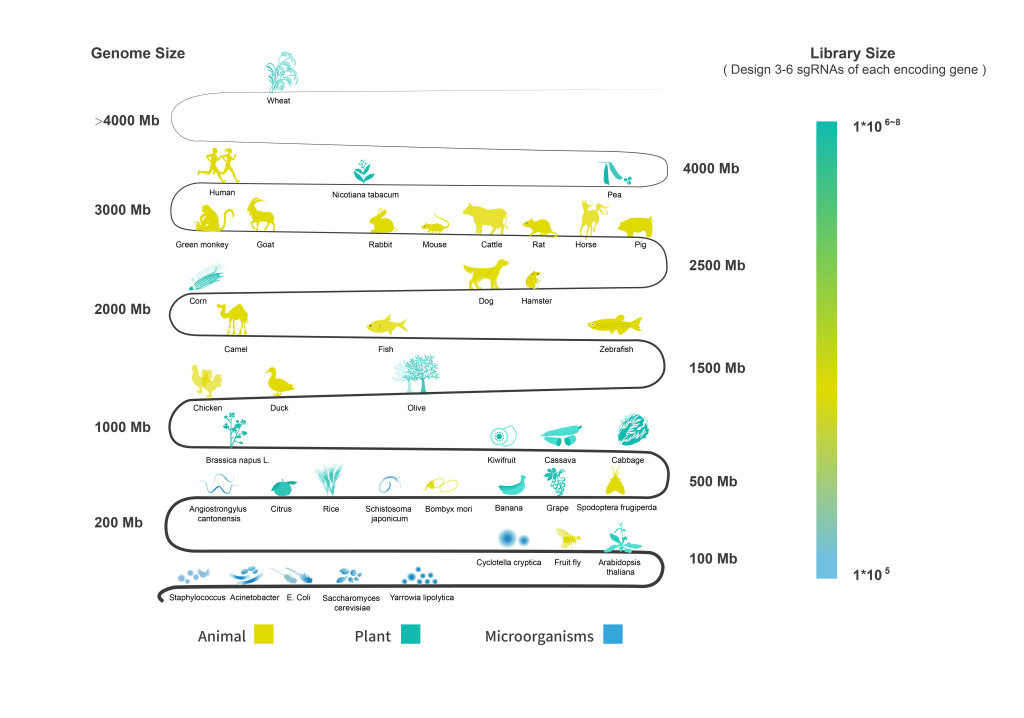
If you’re curious about how synthetic biology is revolutionizing genetic research, then understanding sgRNA libraries is essential. These powerful tools are transforming our ability to manipulate genomes and create precise physical maps of organisms. In this article, I’ll take you through the fascinating world of sgRNA libraries and their significance in the realm of physical mapping.
Click to find more about sgrna library.The Role of sgRNA Libraries in Synthetic Biology

Synthetic biology (Synbio) has emerged as a groundbreaking field that combines engineering principles with biological systems. At its core, it aims to design and construct new biological parts, devices, and systems. Within this context, sgRNA libraries play a pivotal role by providing researchers with a versatile toolkit for genome editing using CRISPR technology.
Find more about design sgrna.In the domain of physical maps—essentially detailed representations showing where genes are located within an organism’s DNA—sgRNA libraries allow scientists to target specific genomic regions efficiently. Each library consists of numerous single-guide RNAs (sgRNAs), each designed to direct Cas9 proteins to cut DNA at predetermined sites. This precision enables researchers not only to edit genes but also to explore gene functions systematically across entire genomes.
One remarkable feature of these libraries is their scalability; they can be tailored for various applications ranging from basic research on gene function to advanced therapeutic developments aimed at treating genetic disorders. Moreover, when combined with high-throughput screening methods, sgRNA libraries facilitate rapid identification and validation of functional elements within complex genomes—a game-changer for creating comprehensive physical maps.
Conclusion: The Future Impact of sgRNA Libraries on Physical Mapping
In summary, sgRNA libraries represent a significant advancement in synthetic biology that enhances our capability to create accurate physical maps. By enabling targeted genome editing with unprecedented efficiency and specificity, these tools open up new avenues for scientific discovery and innovation. As we continue exploring the potential applications of these technologies—from agriculture improvements to medical breakthroughs—the impact on our understanding and manipulation of life itself will undoubtedly be profound.
